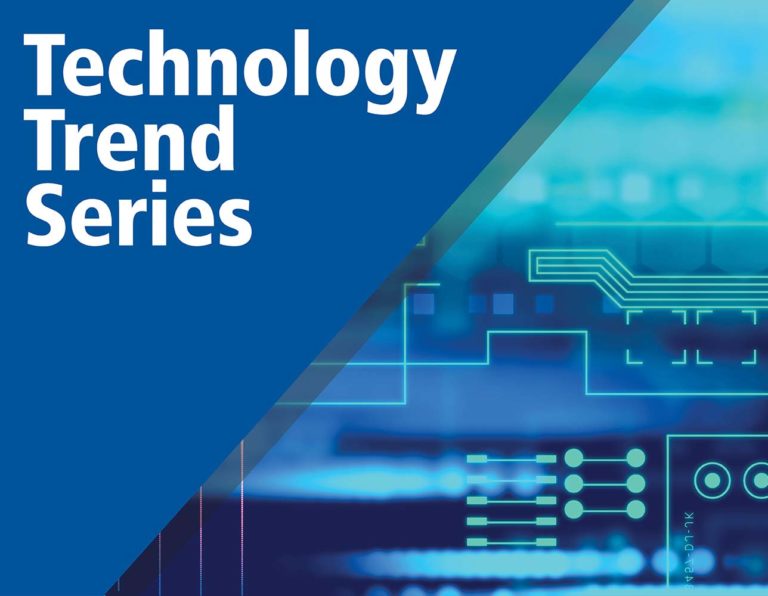Part 2 of the series looks at Trend 3: Increasing Mobility. The Internet of Things (IoT) is one of the most significant technologies of the 21st century, especially in the mobile arena. IoT refers to a network of internet-connected devices that collect, analyze, and exchange real-time data to create actions. Popular applications include the smart home products such as Amazon Echo and Google Home, and wearables such as the Apple Watch and Fitbit.
IoT is symbiotic with mobility, and recent adoption in community corrections has changed the way agencies and officers use electronic monitoring to optimize processes, save time, and increase efficiency. As a result, legal and technological developments regarding mobile devices and applications should be closely followed over the next few years. There will be new requirements for IT services, and agencies will have to examine how best to scale them up.1
Key Takeaways
- Emerging Capabilities of IoT: Devices and applications that automate case notes and provide real-time access to court orders, supervision records, and violations enable officers to manage their caseloads from anywhere.
- Client-supplied Devices: As commercial mobile technology becomes more advanced, the Bring Your Own Device (BYOD) approach for mobile monitoring is expected to continue to increase. This may impact legal standards around privacy policies. For example, probation and parole officers in California can search a supervised client’s phone or tablet without a warrant, and other states are predicted to follow.
- Unified Communication Tools: Single platform communication tools will help increase productivity and reduce cost for cases that require collaboration from different agencies. The demand for video conferencing, messaging, and voice access commands will rise.
- Enterprise Approach to Criminal Justice System: Considerable investment will be geared toward technology that promotes “boundary-less” collaboration between all agencies in the judicial system. Unified communication between police, prosecutors, courts, parole, and probation will also create a need for new IT systems and infrastructure.
- Hands-free, Heads-up Technology: Wearables such as watches, glasses, and body cameras, enabling officers to perform multiple tasks simultaneously while working in the field, will continue to enter the market.
BI Approach to Innovation
Our in-house Research & Development team, BI Labs, keeps BI abreast of current technology trends and continually looks for products and technology that lead to the creation of future-ready products and solutions. Learn more about our mobile solutions, BI SL3®, BI TotalAccess® Mobile, and BI SmartLINK®, and stay tuned for Part 3 of our series on big data and analytics.
1https://nicic.gov/corrections-tech-2020-technological-trends-custodial-community-corrections-2017.



